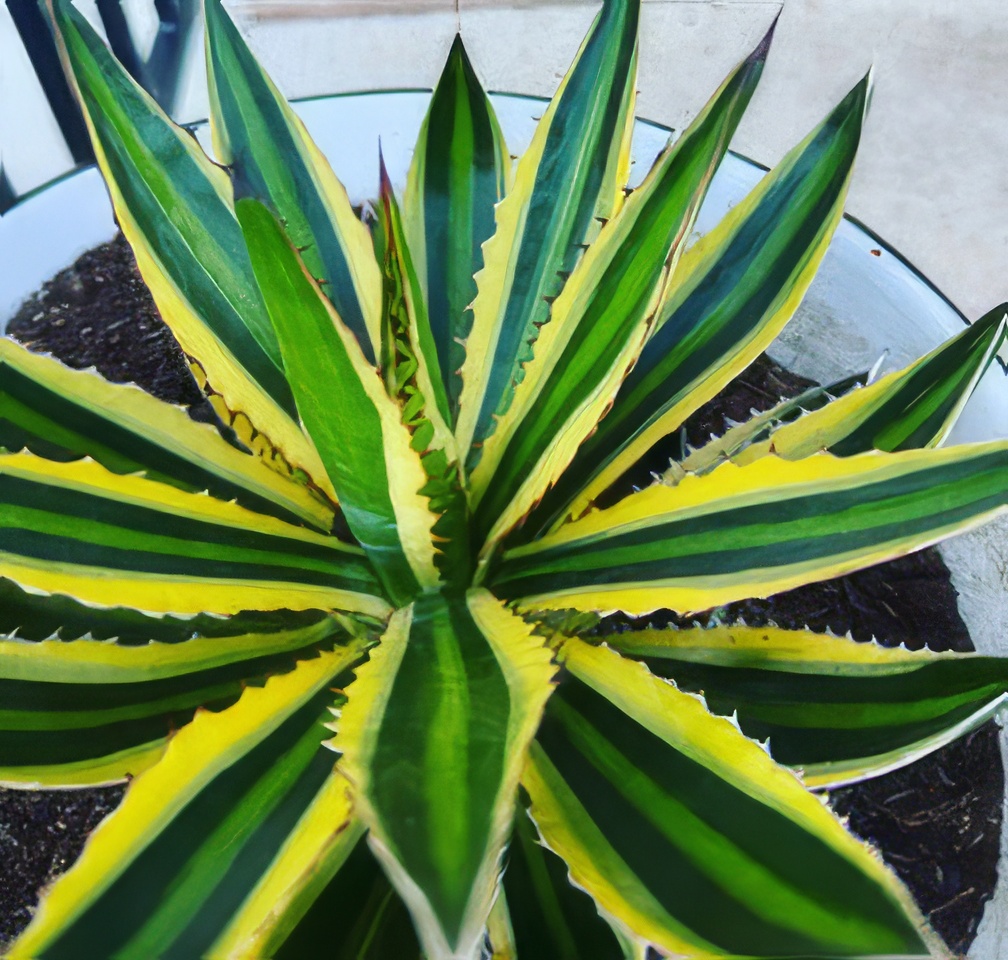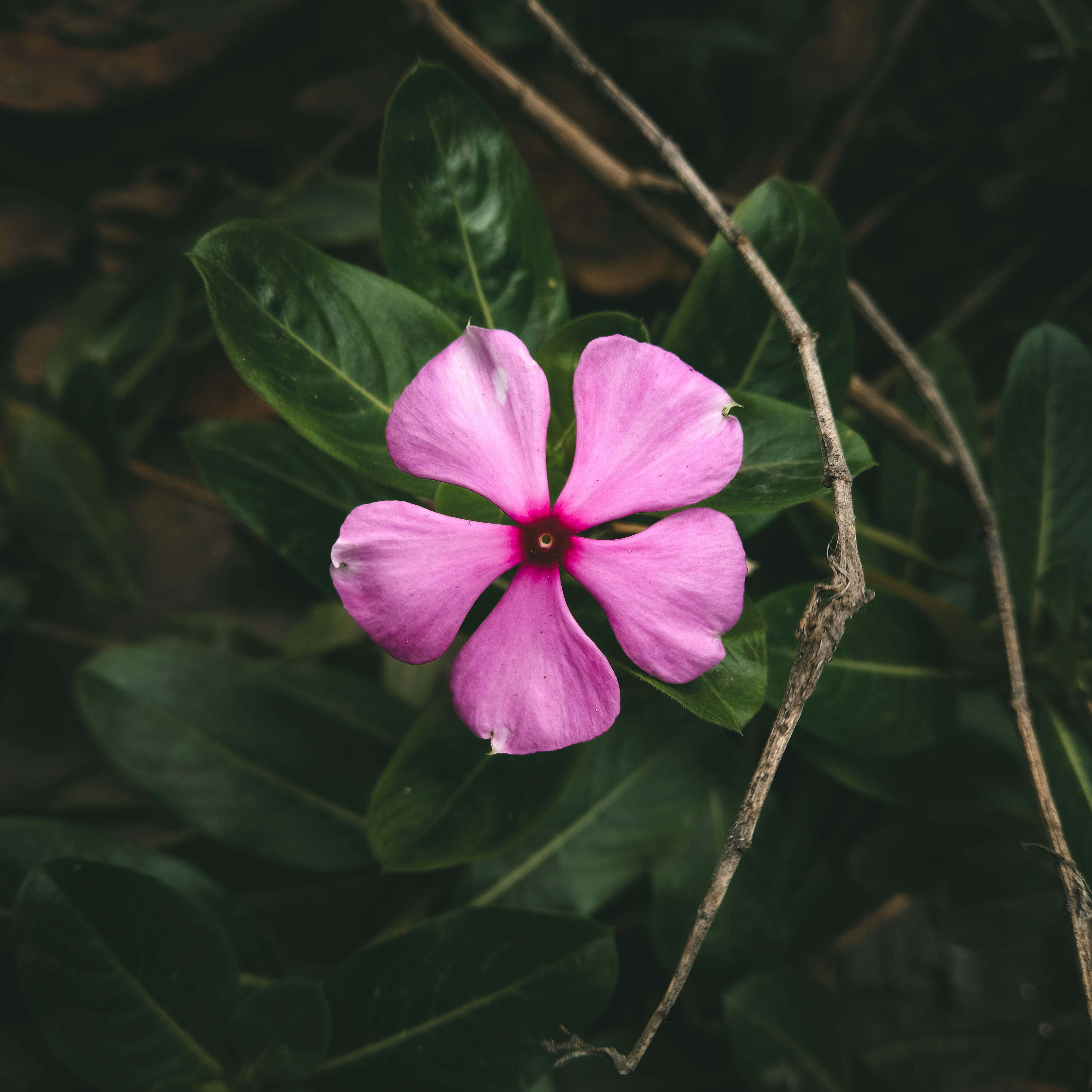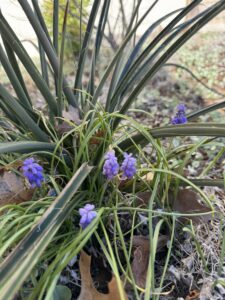On a recent podcast Jeff and I were chatting about an agave he decided to adopt while we were browsing through a local gardening center. I believe it to be an Agave marginata because there are gorgeous yellow margins along the leaves of the plant. Anyway, the question came up as to whether an agave was a cactus or a succulent. I actually did not know the answer but thought cactus was correct due to the spiky bits on the leaves. So now you know how the question of what was an agave came about.
The short answer to the question of whether the agave is a succulent is a cactus or a succulent is; it is a succulent. Agaves store nourishment and water in the fleshy leaves which grow in a rosette pattern. I think I understand that a cactus stores water in its stem and doesn’t typically have leaves. This is quite a rudimentary division between the two classes of plants.
Agaves are part of the Asparagus (asparagaceae) family. That is correct and I found it quite amusing. Our garden asparagus shares the same family as an agave. The inflorescence (bloom stalk) looks similar to the early spring asparagus spears we love to eat. Agaves are monocarpic. That means they produce one bloom stalk in their lifespan and then the parent plant dies leaving pups, bulbils or seeds to begin the growth cycle anew. The parent plant will live between 10 – 30 years before blooming and the decline of the stalk and plant could take up to two years to complete.
The agave family of plants have been traditionally used as a source of fiber. I’ve always purchased sisal mats for the doorways and admired sisal rugs on patios but never questioned where sisal fibers came from. It is actually made from agave. The A. sisalana fibers have been useful for nets, ropes, shoes because they provide a tough, strong fiber for spinning.
Today we use agave nectar as a sweetener and many of us are familiar with Tequila or Mezcal which are distilled from the hearts of the agave. I believe Tequila is only made from the Blue Weber agave but Mexcal may include other agave varieties.
The most interesting part of this agave research for me was learning how important the bloom stalks are to the pollinators in its native areas. The flower stalks are covered in bees, insects, birds and even bats during the blooming cycle because of the richness and quantity of the nectar.
What it takes to care for an Agave
Now, be prepared because this guide is really based on research and not personal experience, however we are going to be following these growing and care practices ourselves.
Agaves are native plants for the arid and semiarid areas of the Americas and in the Caribbean. It makes sense that they are able to store water in their tissues for times of drought. They are from areas where there may be a lot of limestone component to the soil, or lack of soil in many cases. For us to be successful in growing agaves we must emulate their native conditions. Whether we are looking to grow them in containers or inground beds they must have very well draining media to grow on. A course sandy, rocky soil mix with low organic matter incorporated will allow the agave plants to thrive. Along the lines of water usage they should dry out between soakings if grown in a container. Test with your finger, a wooden dowel, or a water meter to a depth of 3-6 inches for dryness. I find it difficult to get my finger deep enough into the container using a cacti/succulent mix so I like to use a water meter. Inground garden beds should need very little irrigation and many agaves require no winter watering at all.
The light requirements can be different between varieties. Some like it out in the full sun all day. One of these is the Century Plant also known as the Maguey agave. Then you find varieties like the one we purchased, Agave marginata, which appreciates a bit of afternoon shade. So, do a little research on your variety. Also, we are in an inland climate which heats up dramatically on a summer or fall afternoon therefore we all look for shade! Your growing conditions will vary and your plants may be happy basking in the sunbeams all day.
This group of plants are very low maintenance overall. They don’t require fertilization and you might trim off the older decaying leaves at the base of the rosette once a year. Make sure to wear protective clothing and eye coverings so as not to get the sap on your skin. Remember, it is a very irritating substance.
The main care in maintaining an agave is protecting it from a freeze. I was quite surprised to learn some are quite cold hardy, such as the Artichoke agave (said to be hardy to near 10 degrees Fahrenheit), but a majority are more suited for zones 8-10 on the USDA hardiness map.
After looking into this interesting family of plants I am excited growing the agave Jeff brought home. He surprised me in his choice and that makes gardening fun.
Happy Spring Blooms and we will talk again next week.
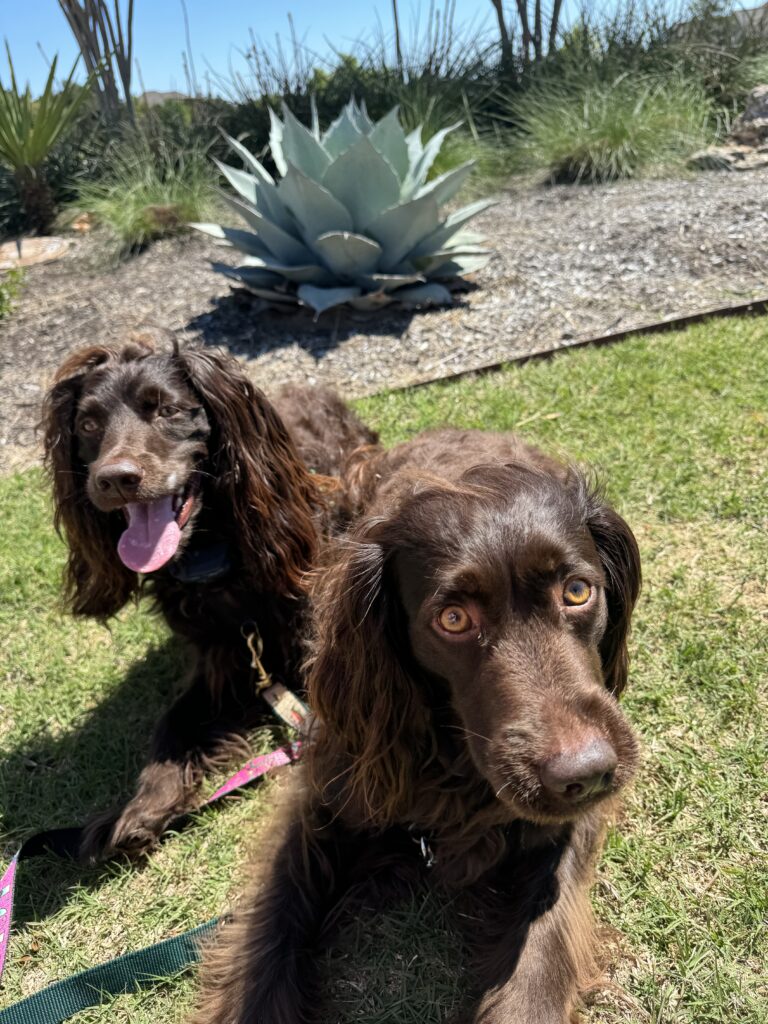
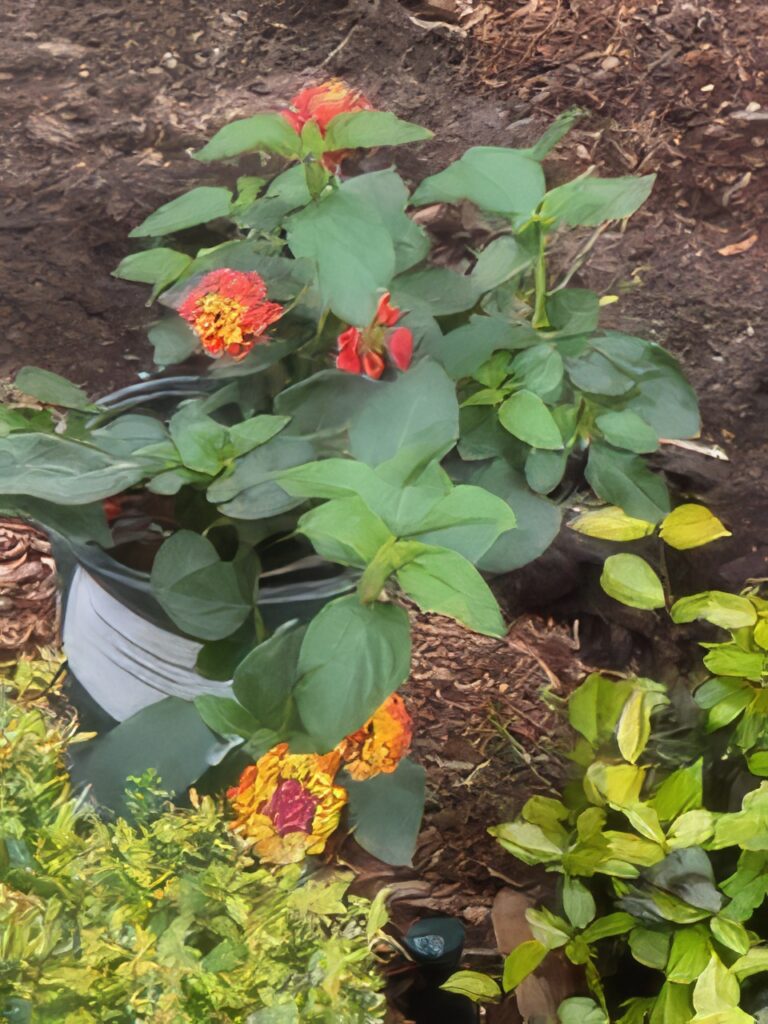

Sources:
- “Grow Green Native and Adapted Landscape Plants; an Earthwise guide for Central Texas.” City of Austin. Texas Agrilife Extension Publication.
- “The Complete Book of Cacti and Succulents; The definitive guide to cultivation, propagation and display. By Terry Hewitt; DK Publishing 1993, 1997.
- Online: Encyclopedia Britannica, “Agave”. By Melissa Petruzzello
- Online: Barista Magazine, “Know Your Sweetners: Agave: Part One” buy Emily Joy Meneses

